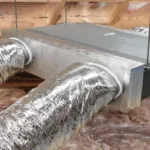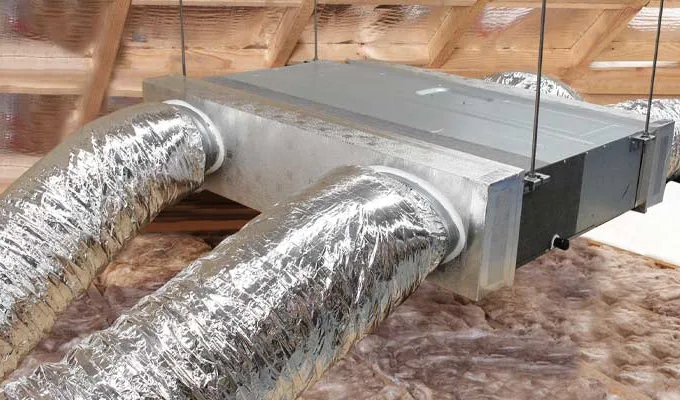Event companies, military sectors, and logistic and warehousing businesses require large structures for storage. These structures are temporary storage buildings and come in different shapes and sizes.
If you are considering building a self-storage structure, you should work with experts to help you find the land, design the facility, and obtain the necessary zoning approvals.
Cost
Storage units are a necessity for many people. They store furniture, cars, and personal items to keep them safe. Businesses also need them for extra office equipment and important files. Storage facilities are costly, but there are ways to lower the costs. For example, using a trusted self-storage management software can help you run the business efficiently and lower costs.
Construction costs continue to rise, making it more challenging for developers to stay on budget. One of the most significant factors is steel prices, which can cause a big swing in development costs. This is why it’s vital to carefully research and review the design plans before closing on financing.
Other expenses include the cost of land, soft costs, and carrying costs. These can add up quickly. You can consider a smaller facility with fewer units to reduce these costs. This will also reduce maintenance and marketing costs.
Design
A storage structure is a set of rules that dictate how data is stored in a computer system. It includes various levels of storage that provide different combinations of speed, capacity, and cost-effectiveness. The first storage level is primary storage, which stores a copy of the data in the main memory. It also provides the base for synchronized and replicated data. Secondary storage is an extension of primary storage, and it optimizes data query and retrieval.
The design of a storage facility is crucial to a successful operation. The layout should be designed with traffic flow in mind, and you may need to make adjustments to meet zoning and building regulations. In addition, you should consider the costs of land and construction. If these costs are lowered, your business can break even. The best way to determine these costs is to conduct a feasibility analysis before investing in the project.
Materials
A storage structure can be erected using a variety of materials. Some are chosen primarily for their aesthetics, while others are necessary for the structural integrity of the building. Most of these decisions are made during the design phase, and finding an architect and engineer with self-storage experience is essential. If they need to become more familiar with our industry, they may use construction methods that are unnecessary and expensive.
For example, many self-storage buildings are built using cold-formed steel (CFS), which is a light-gauge metal that can be bent to meet various building code requirements. According to the 2022 International Building Code, these structures can be up to four stories tall, but many jurisdictions only allow for up to three stories.
Researching the local building codes and zoning laws before construction is also a good idea. In some cases, a permit will be required, and you might be required to set back the structure a certain distance from your property line.
Installation
Storage structures are a great way to add garage storage without sacrificing floor space. However, installing a storage structure can be tricky, so following the proper steps is essential. You’ll also need to obtain any necessary permits or licenses.
Storage Structure Definition Language Task Group (SSDLTG) is one of several CODASYL efforts to provide a concise means to describe existing storage structures. For example, a date may be represented directly as a vector of three integers or, in more recent high-level languages, as a record with three selectors.
The storage hierarchy is a model that describes the different levels of storage used by computer systems. It ranges from the fastest and most expensive to the slowest and least expensive. This allows the system to access data quickly and provides plenty of storage space for less frequently accessed data.













